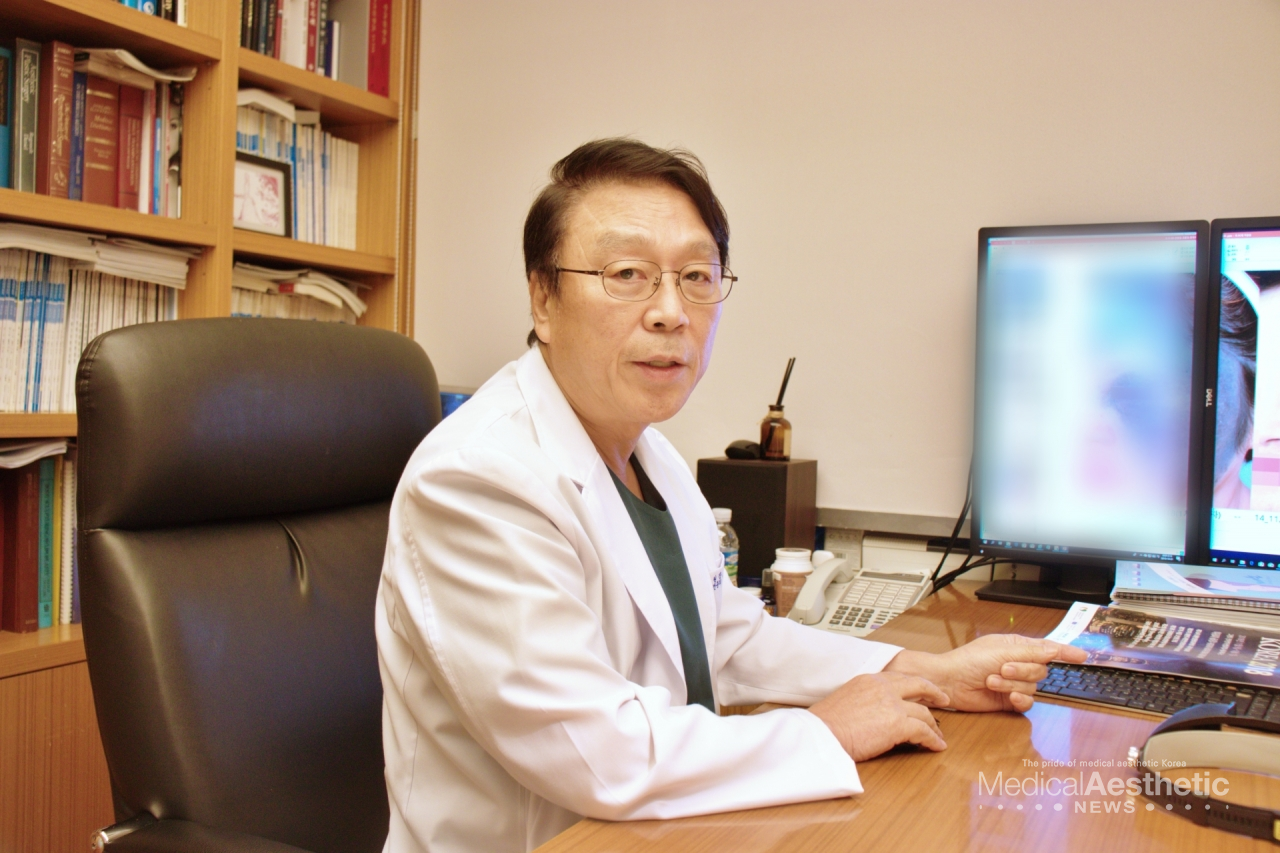When you meet a baby for the first time, he is the apple of his parent's eyes, making you forget that you've had a hard time for ten months. However, if you find dark spots like 'bruises' on his face, his parent's joy reduces.
It is normal for melanocytes to be absent in the dermal layer of the skin. However, melanocytes are present in the dermal layer deeper than the epidermal basal layer, their original location, and pigmentation occurs in the dermal layer, called 'Nevus of Ota.' After it was reported in 1939 by a Japanese doctor, 'Ota,' it was named after him as Nevus of Ota. It is rare in white and black people, occurs more often in Asians such as Japan and Korea, and shows statistics that it appears more often in women than men.
The case of nevus of Ota has not been identified so far, but it can be divided into congenital and acquired according to the time of occurrence. The nevus of Ota in children is congenital and may be seen at birth as it occurs during the fetus, or it may not be present at birth and then appear as a bruise, becoming darker in color and gradually spreading. In addition, there are cases in which it does not appear in childhood and occurs in puberty, but it is only a delayed occurrence and is considered congenital. It usually appears only on one side of the face, mainly around the eyes, temples, forehead, cheekbones, and the bridge of the nose as brown or blue-black.
The nevus of Ota, which appears in adults in their early 20s, is acquired and appears symmetrically on both sides of the face, such as the cheekbones, temples, and forehead, rather than on one side, and is similar to the nevus of Ota, so it is called 'Acquired bilateral nevus of Ota(ABNOM).'
The brown color of the nevus of Ota shows a quicker treatment effect, and the blue color takes longer to treat. Dr. Eung Ok Choi, a founder of Raum Aesthetic Plastic Surgical Clinic, who focuses on the treatment of the nevus of Ota, explained, "Nevus of Ota can be classified into four types depending on the color and depth of the nevus: brown, blue-black, mixed and uniform brown. The closer it is to brown, the more superficial it is, and the closer it is to blue-black, the deeper the birthmark."
If the nevus of Ota is left unattended for a long time, the depth of the nevus gradually deepens, and the color becomes darker. As more pigment is produced, the nature of the disease is different from its early stage in the baby, making treatment much more difficult and taking longer. Moreover, it can be ridiculed or negatively affect later employment and marriage, causing a complex beyond skin disease and hurting the heart. Therefore, the sooner the treatment period after the occurrence, the better.
The treatment for nevus of Ota performs pigment treatment lasers such as Q-switched ND: Yag, alexandrite, and ruby laser. It destroys abnormal melanin pigment without affecting other tissues, and the destroyed pigment is cleaned by macrophages in our body and exists through the lymph nodes.
Since the nevus of Ota is many cases of birth, laser treatment should be performed carefully. In the case of children, if the range of nevus is narrow, ointment anesthesia or local anesthesia can be used for treatment. Still, if the range is wide, general anesthesia may be required, so the timing should be adjusted depending on whether general anesthesia is possible.
Dr. Choi said, "The treatment of the nevus of Ota requires appropriate laser energy, but it is accompanied by pain, so general anesthesia is recommended for children. For general anesthesia, a doctor must find a blood vessel that can be injected and consider safety, so I recommend treating a child at least after a year old."

Nevus of Ota should be treated steadily and continuously to improve symptoms. Usually, treatment is completed within six sessions ar, four weeks for adults, and six weeks for children. Severe nervus of Ota may be treated more times depending on the situation, so be patient with treatment.
Nevus of Ota can be diagnosed for similar diseases such as melasma, freckles, cafe au lait spots, and becker's nevus, so it is necessary to diagnose from a medical specialist. Dr. Choi emphasized, "Nevus of Ota is dermal, whereas melasma and freckles are superficial pigment diseases, so there is a difference in treatment method. Diagnosing accurately from a medical specialist is important because the prognosis varies with the initial diagnosis."


